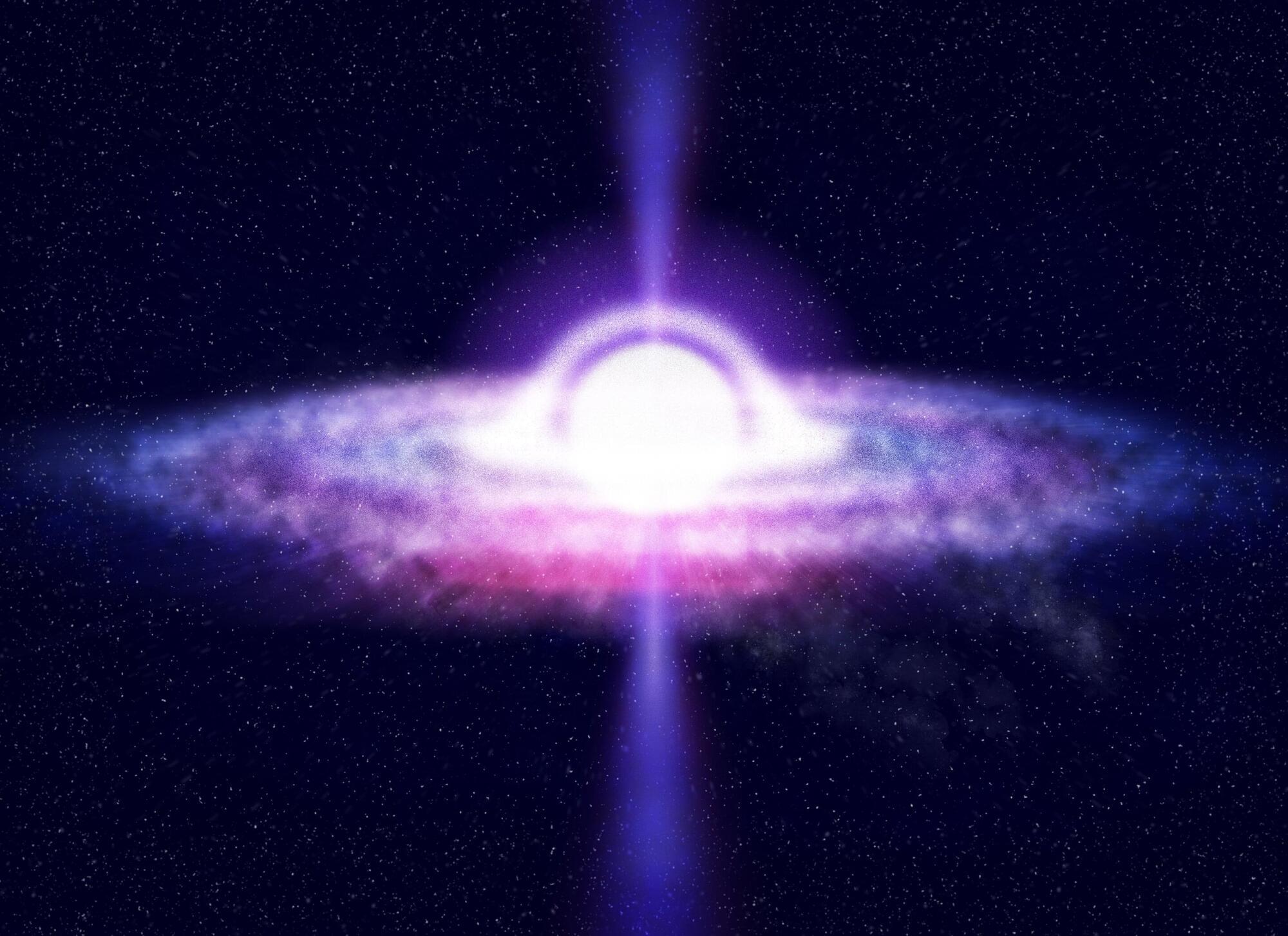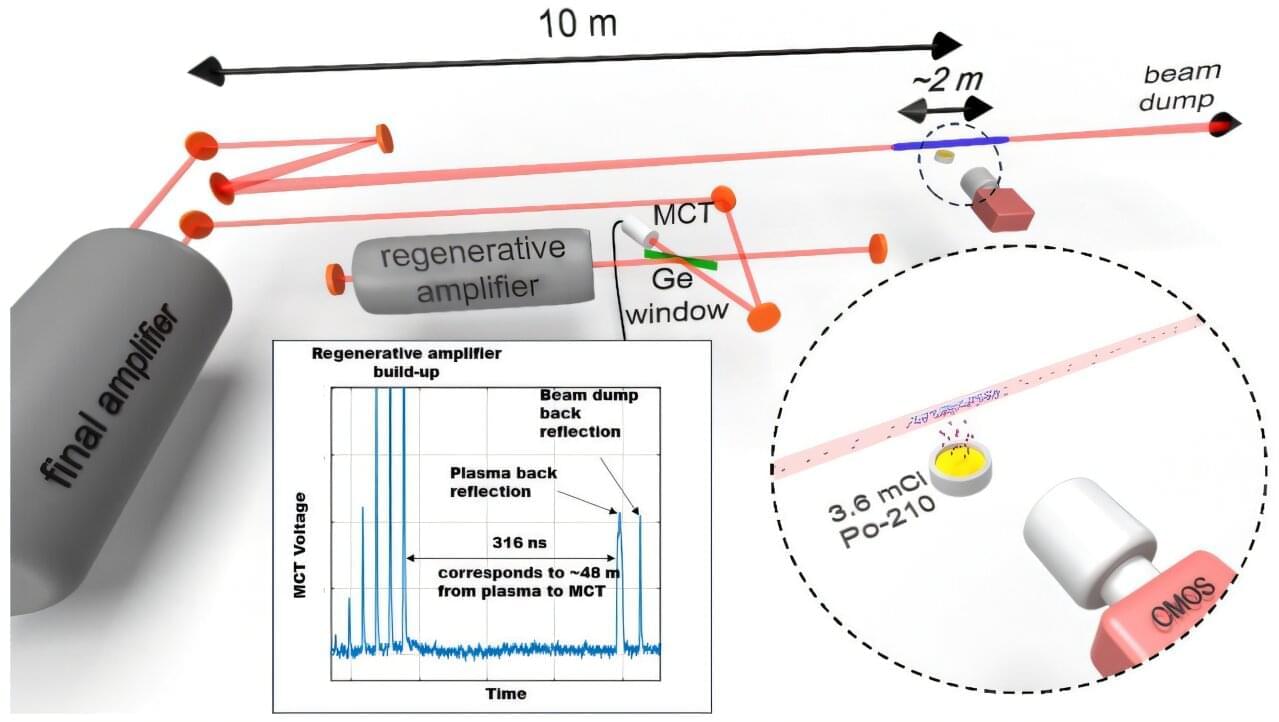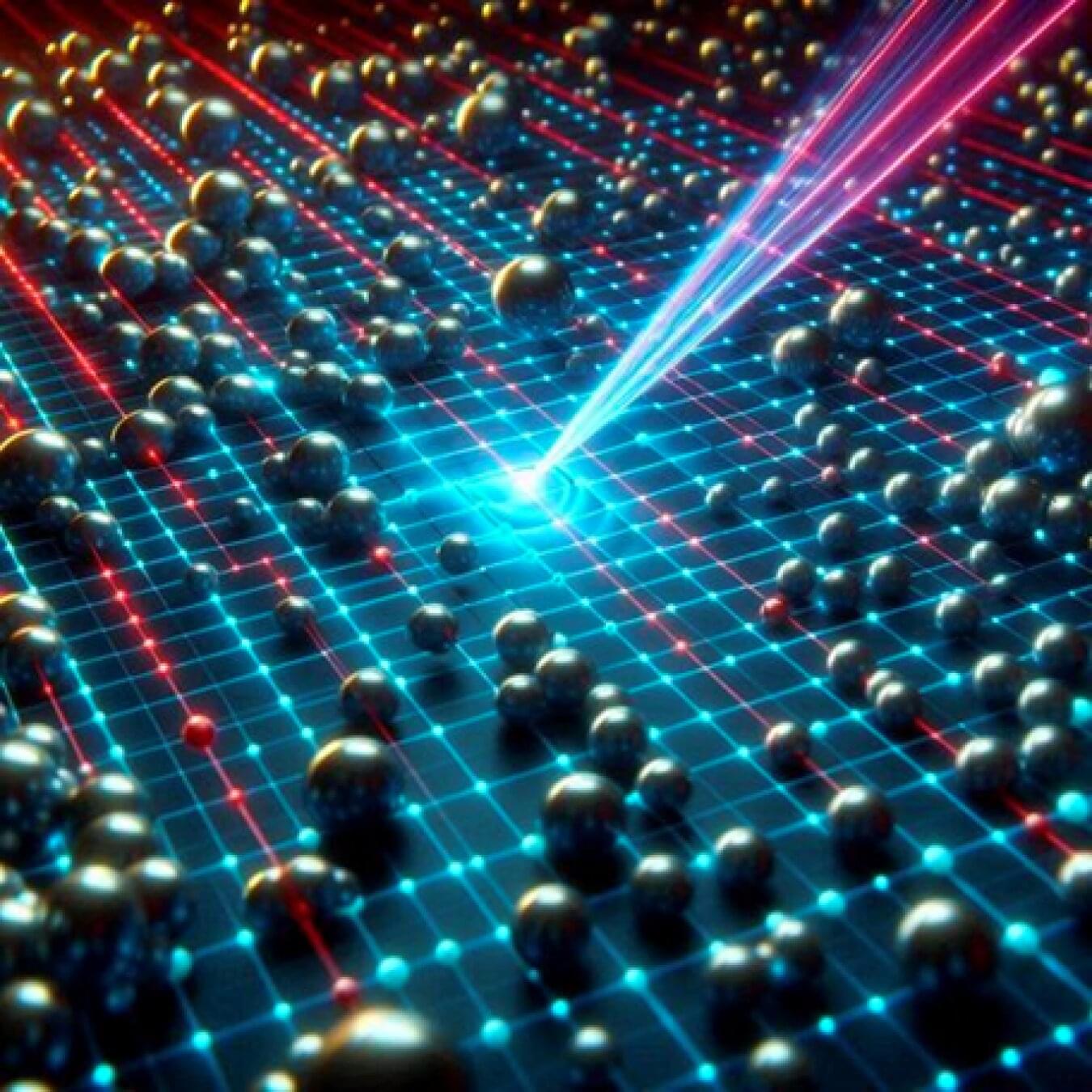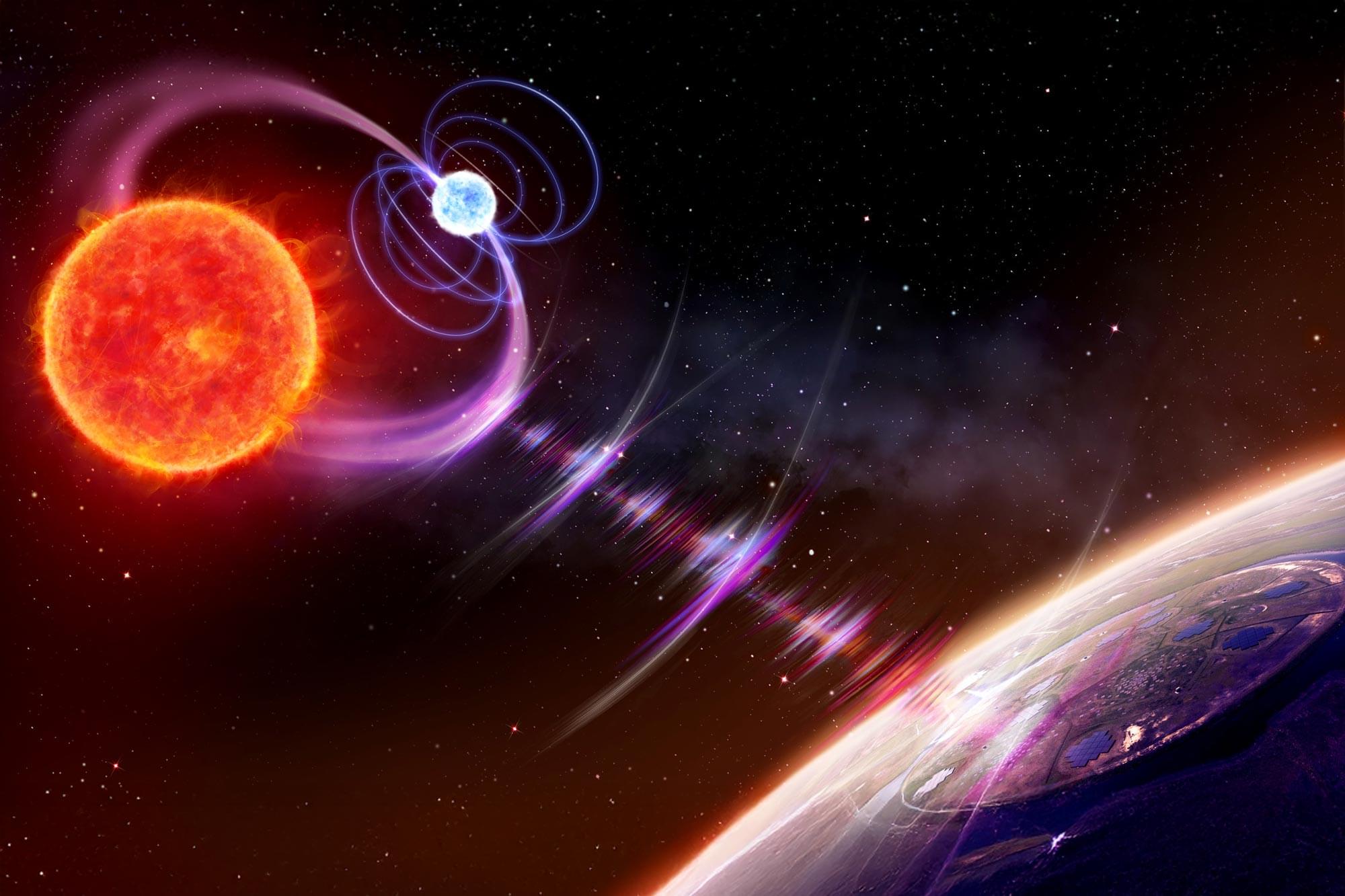In recent years, physicists have been trying to better understand the behavior of individual quantum particles as they move in space. Yet directly imaging these particles with high precision has so far proved challenging, due to the limitations of existing microscopy methods.
Researchers at CNRS and École Normale Supérieure in Paris, France, have now developed a new protocol to directly image the evolution of a single-atom wave packet, a delocalized quantum state that determines the probability that an associated atom will be found in a specific location. This imaging technique, introduced in Physical Review Letters, could open exciting possibilities for the precise study of complex quantum systems in continuous space.
“Our group is interested in the study of ultracold atoms, the coldest systems in the universe, just a few billionths of degrees above absolute zero, where matter displays fascinating behaviors,” Tarik Yefsah, senior author of the paper, told Phys.org. “One of these behaviors is the so-called superfluidity, a remarkable state of matter, where particles flow without friction.









